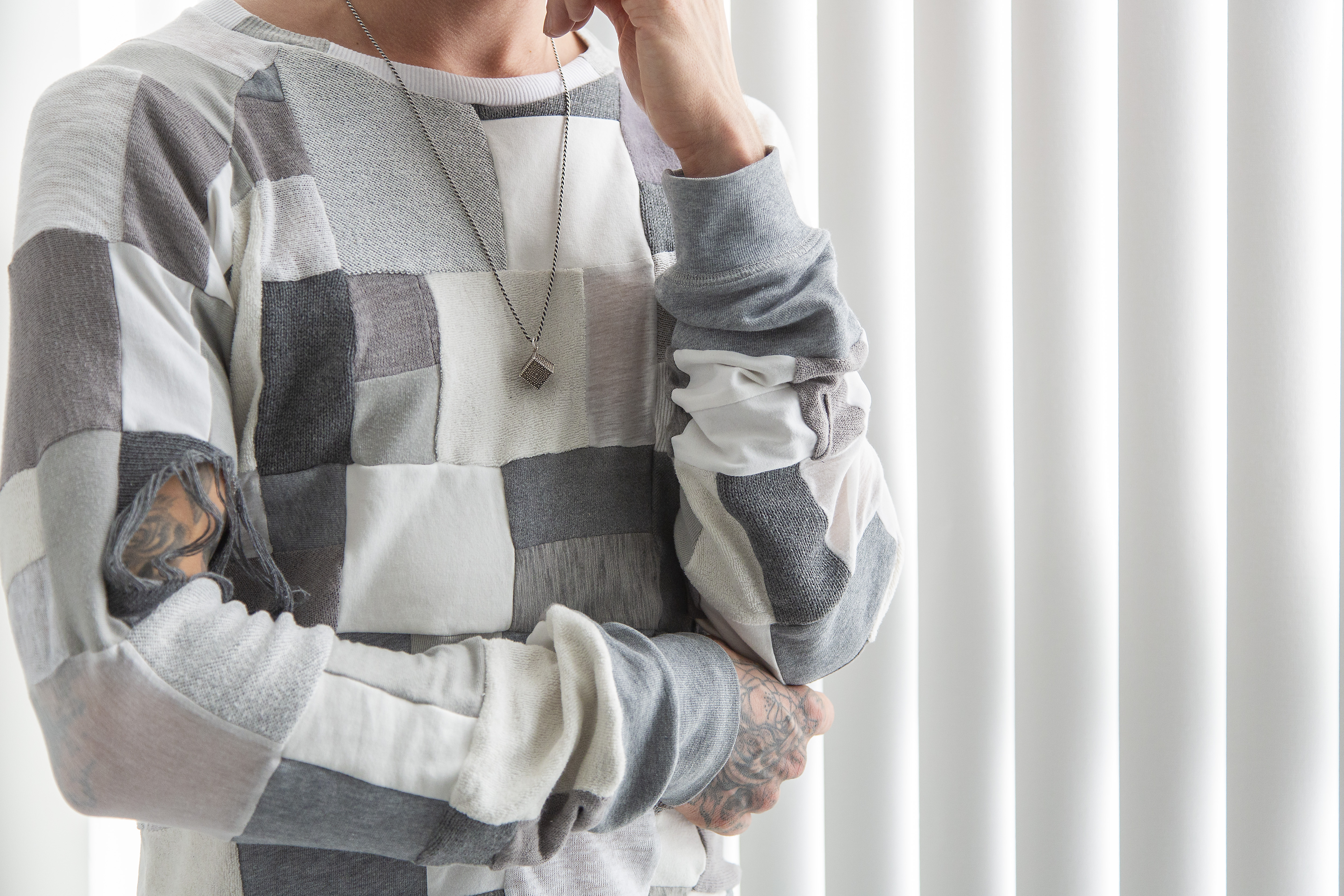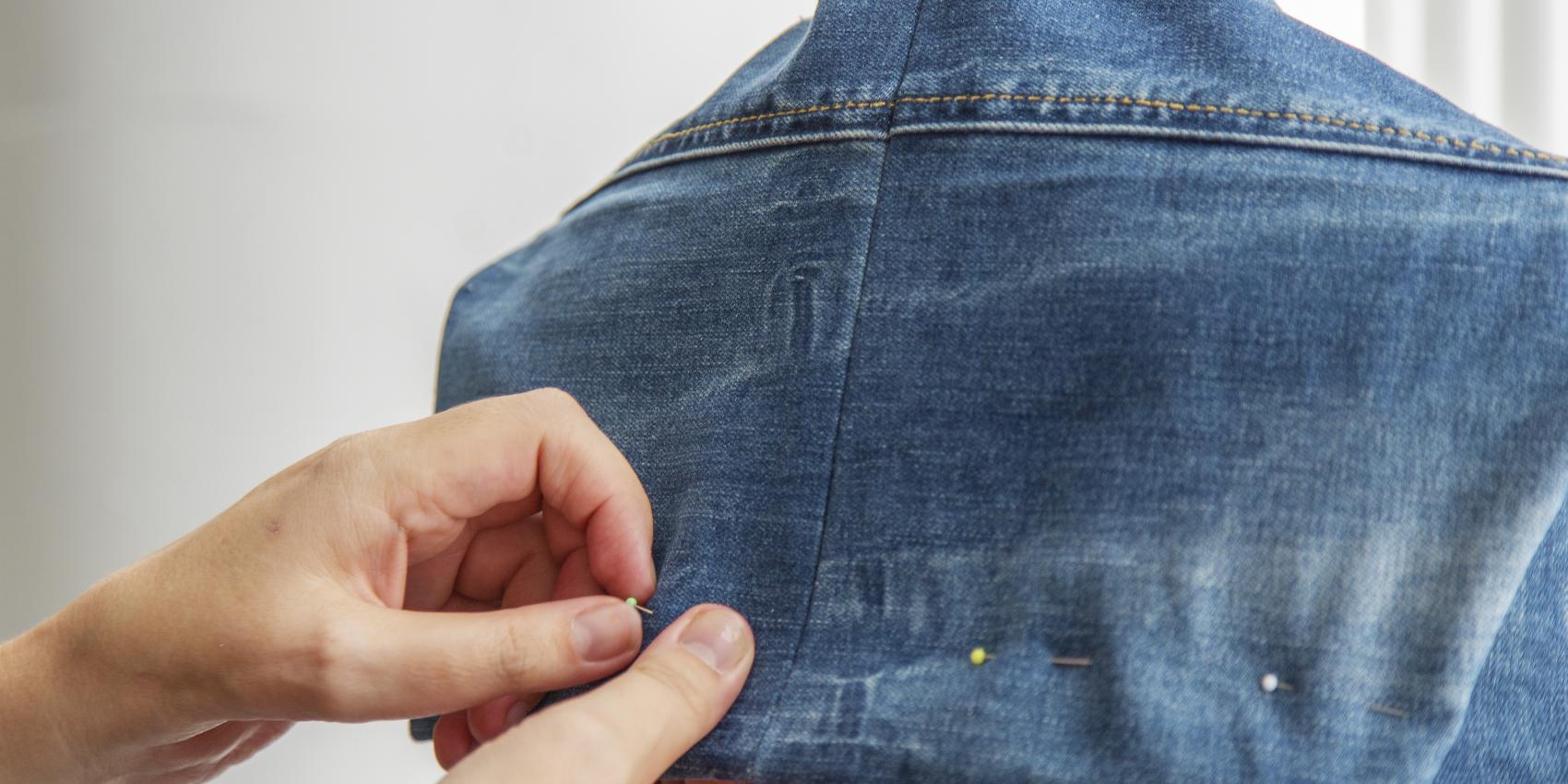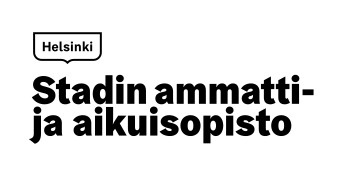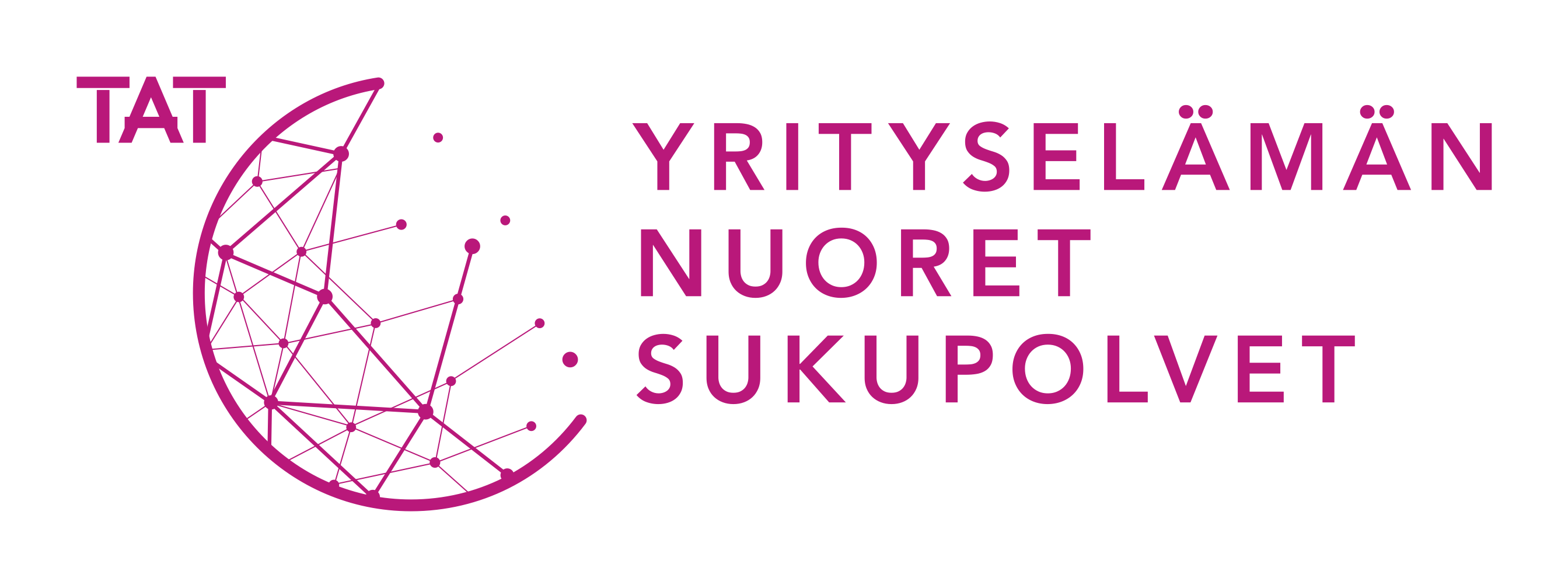Product design tools
Design
Designing a product from recycled materials directly on mannequins is a useful method in designing circular economy products. Design is used to test the material’s quality, the functionality and user friendliness of the shape and the aesthetics of the design. The designed model can then be used to make the final product, taking sewing techniques into account and seeking to make the product as high quality as possible.
Product design requires skills and knowledge. The designer should identify the grains of the material and have knowledge about the material’s composition and adaptability before starting the design process.

Photo: Cristian Hallivuori
Sketching and drawing
The availability, quantity and quality of recycled materials significantly affect the size, shapes and dimensions of the product designed. The design process can be carried out with the traditional method by drawing sketches of the overall design and details pursued. It is also often useful to add notes to the sketches. Additionally, it is important that the sketches and ideas are preserved so that the designer can return to them and potentially utilise them later as is or as sources of inspiration.
Various digital tools and Adobe or 3D design software, for example, should also be utilised in designing products, as they often facilitate the process. They save time and materials and make it faster to replicate the ideas.






